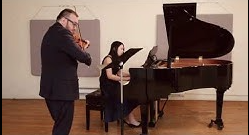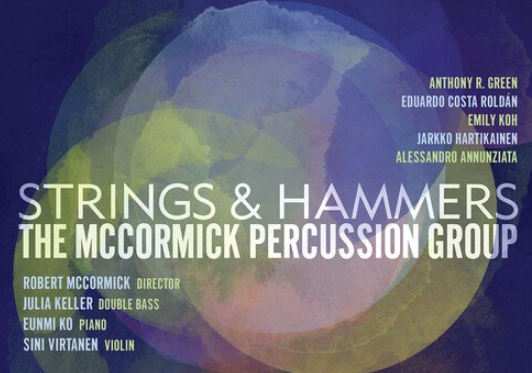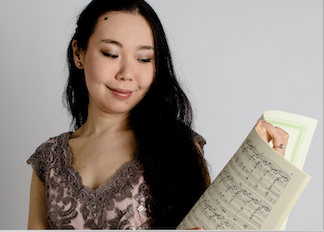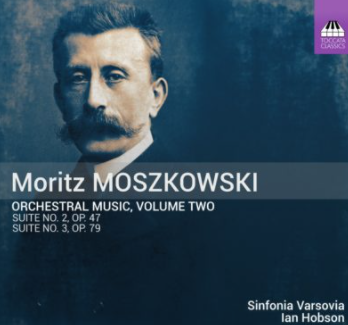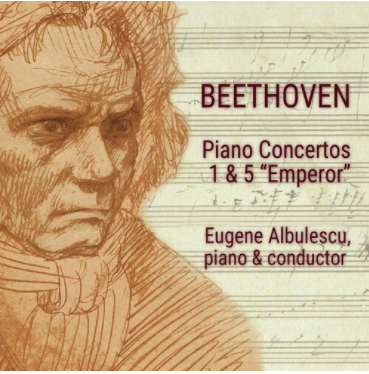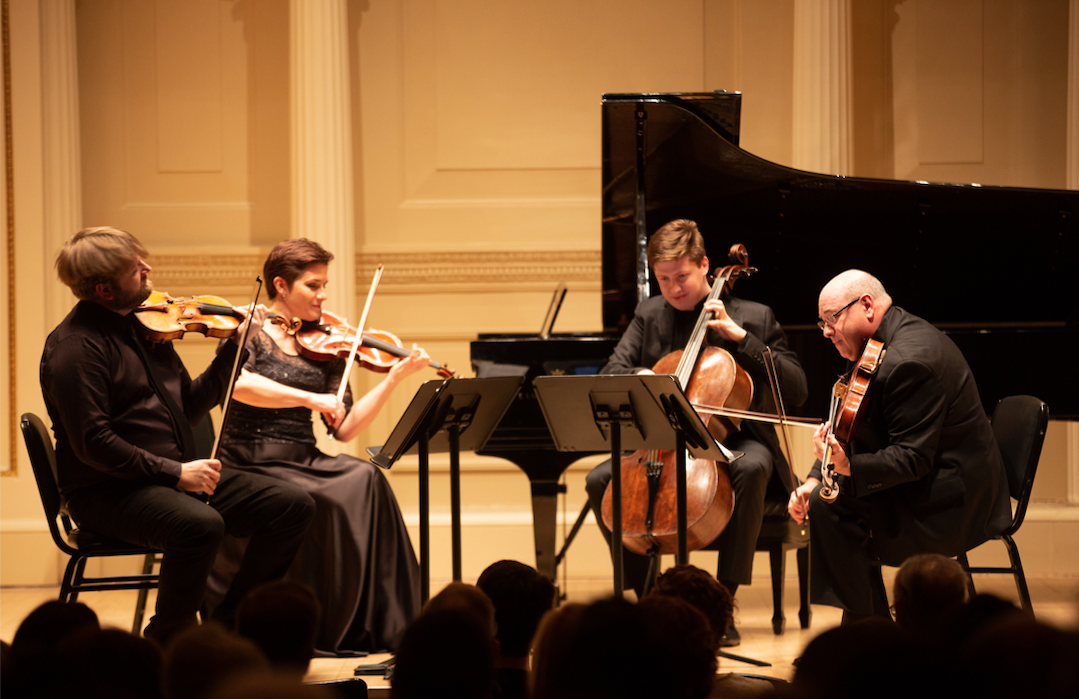Curated and performed by Elizaveta Ulakhovich, soprano; Perry Sook, baritone
Pianists: Sergey Iorov (episodes 1, 5, 6), Dmitry Myachin (episodes 2, 3, 4)
Directed by Nicholas Grisham
Edited by John Jackson
Voiceover by Victoria Rae Sook
An innovative and intriguing synthesis of two art forms, born in part from a sense of the anxiety and idleness caused by the pandemic, can be found in a forthcoming series of YouTube videos by two up-and-coming opera singers: Elizaveta Ulakhovich and Perry Sook. I sat down recently with the engaging (and married) couple to hear about their process.
Elizaveta has impressive credentials from the Saint Petersburg conservatory and has already sung at the Bolshoi Theater in standard and contemporary opera and numerous recitals, and Perry is a Texas-born, Oklahoma educated star of many musical theater productions, notably Shrek, who is transitioning to opera. He is also an entrepreneur of fashionable sportswear.
The web series is the accidental result of a planned recital that was to take place in an art gallery—before the pandemic and its restrictions. The couple invented a frame story while sitting on their couch talking, a setting that is shown in the first episode. The pretext is that they have enrolled in an online art course to enrich their suddenly experienced surplus of free time. While examining the works of art, they experience feelings which are then correlated to certain arias—one painter and one composer per episode.
Episode 1, “What You Choose,” featured biographical details about Frida Kahlo, signature images by her, and parallels to emotions found in two arias by Handel, from Cleopatra and Berenice. Liza, as she is familiarly known, hastened to tell me that the music always comes first when they are developing a program. Only after deliberating on the emotions expressed in the music are they led to seek a connection in the visual.
Their mission statement includes the phrase “familiarity and fun,” and the cozy domesticity captured in the episode certainly demystifies what may be for many the stuffiness of grand opera.
One fascinating aspect of the Kahlo/Handel episode is the original recitatives, composed or assembled by Ms. Ulakhovich herself. They are uncannily Baroque yet with the couple singing in conversational English to each other, the recitatives seem of this moment too.
In the future, they wish to delve even deeper into the painters’ lives, with biographical detail, anecdote, and image.
The series is constantly evolving, as their thoughts and feelings do. And here’s something for the online age: they actually invite disagreement, which may be expressed in the comment section of the YouTube videos. If a viewer feels the mirroring isn’t quite the “right one,” he/she is urged to suggest another. Seeing more art, education, and good fact checking are all part of the singers’ esthetic.
Their goal for a post-pandemic musical world would be to give immersive recitals, in non-traditional venues, perhaps with projections or actual paintings and sculpture. United Arts Studies is a nonprofit organization with a mission to educate and inspire.
There are six episodes planned (four completed), released on the fourth Thursday of each month: June 24, July 22 (Klimt), August 26 (Botticelli), September 23 (Dali), and so forth. A secret word has it that the audience will be seeing Mr. Sook as Don Carlo, filmed on the Nevsky Prospect in Saint Petersburg. Don’t miss it!
(Website: United Arts Studies on YouTube or their own website, www.unitedartsstudies.com)


